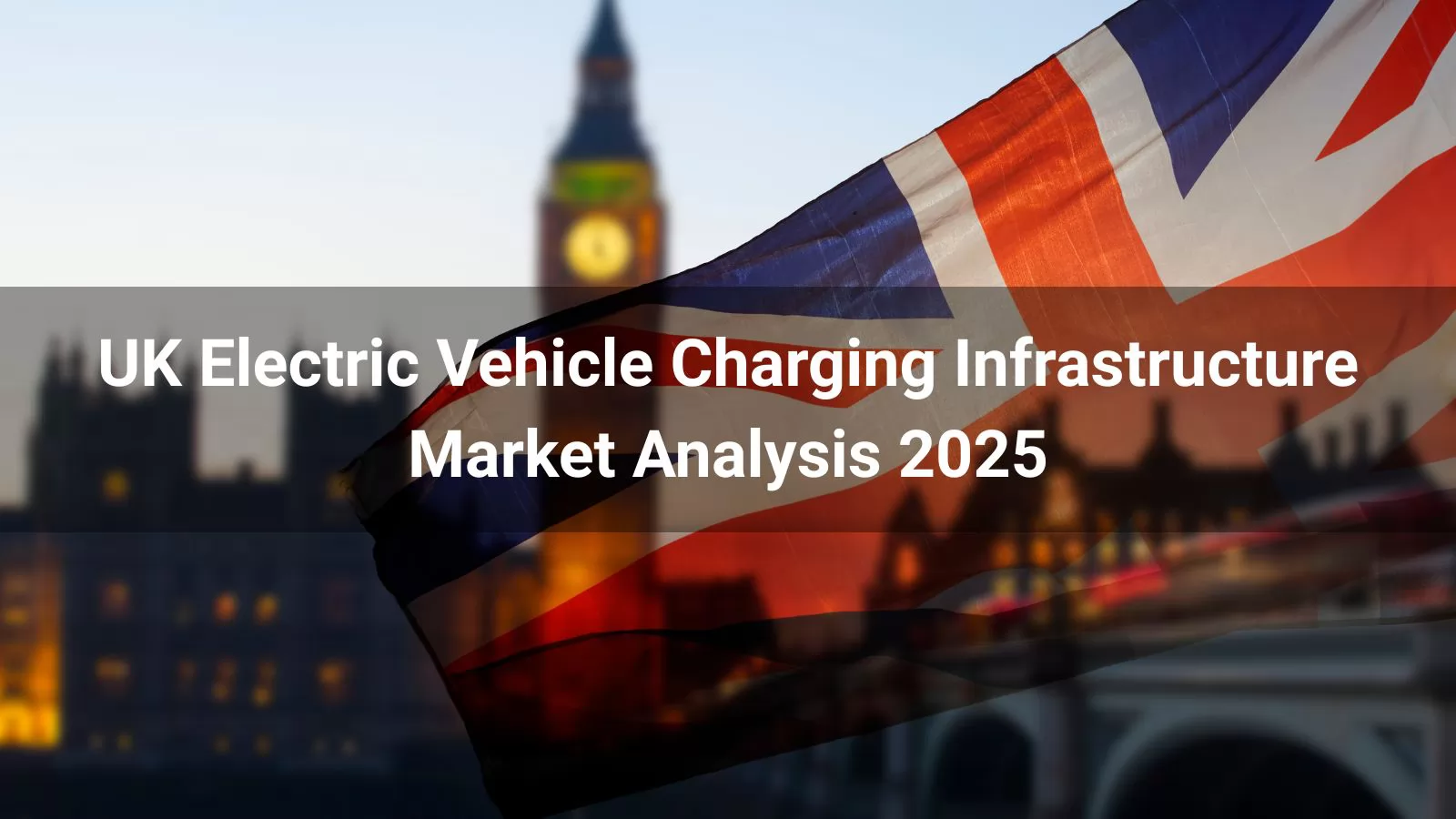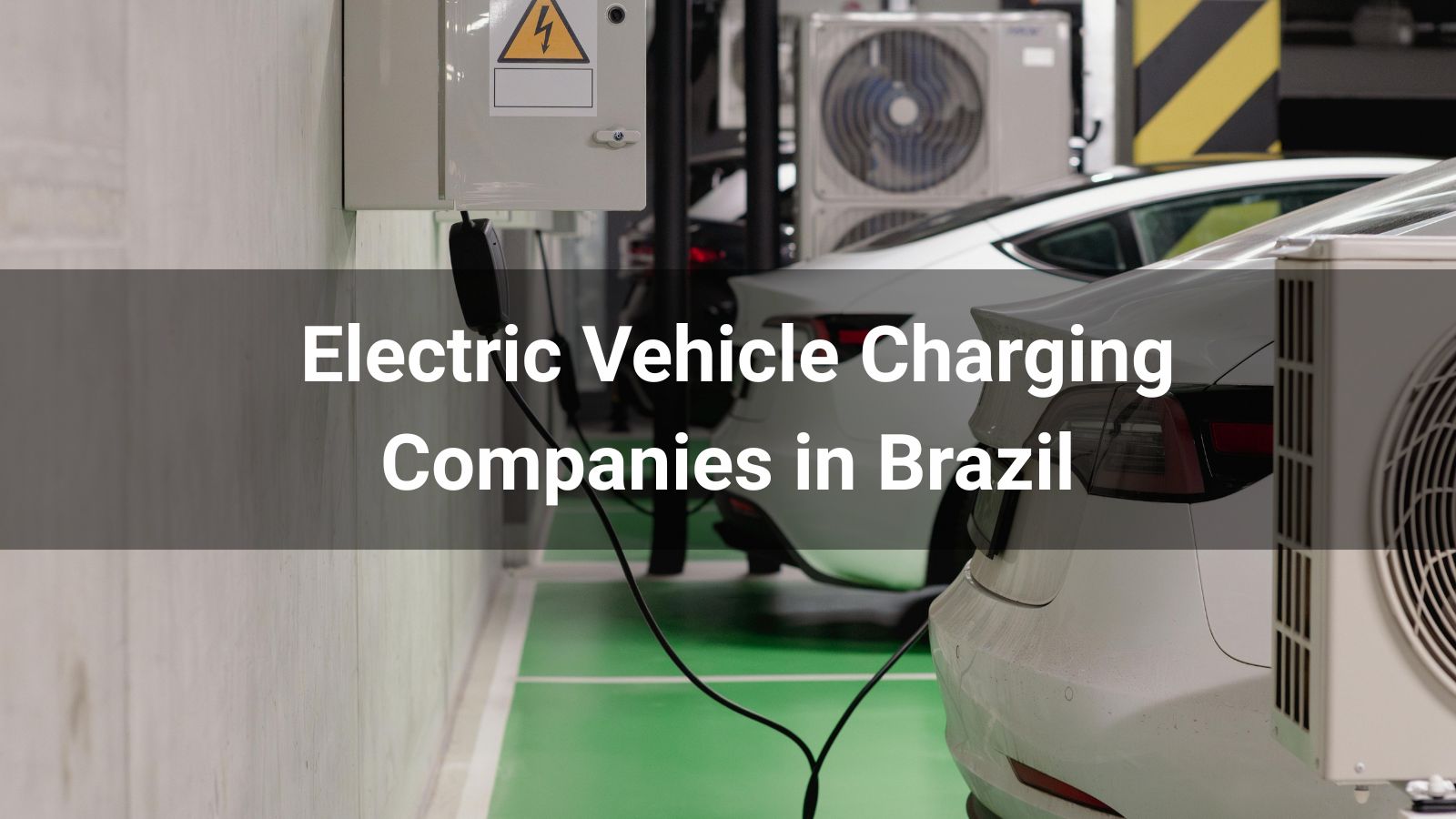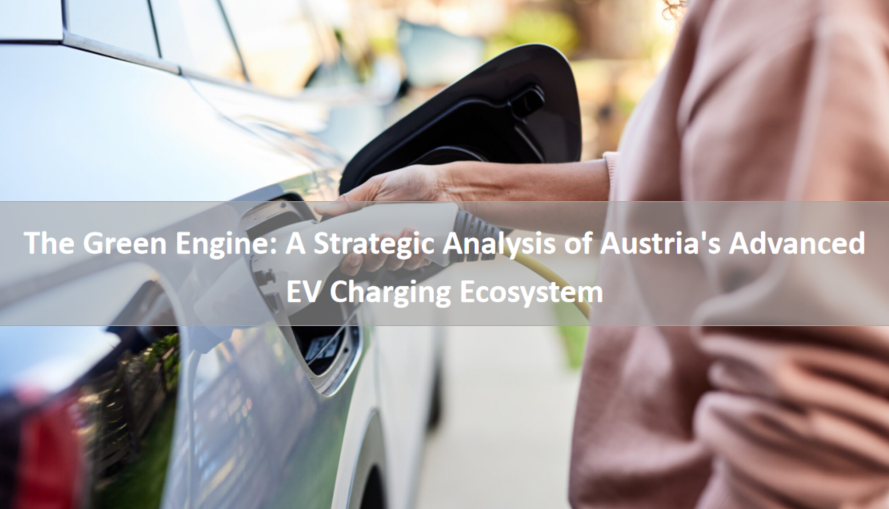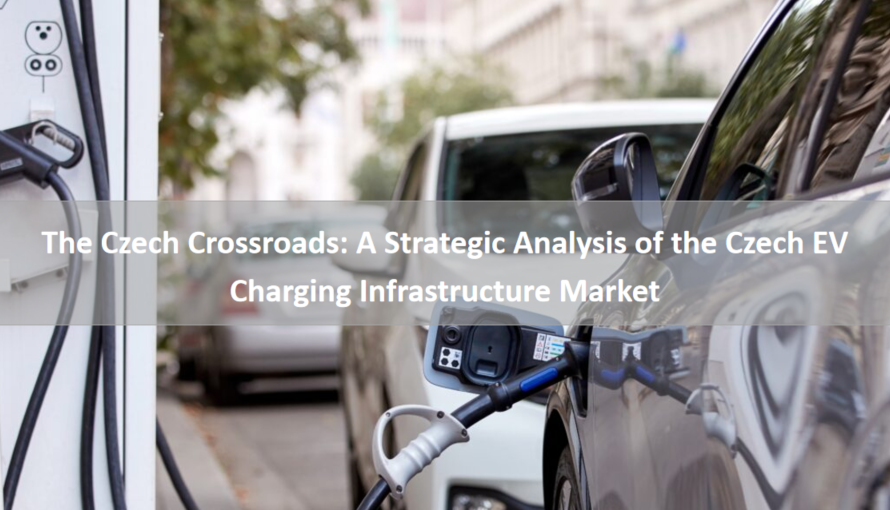
The UK’s electric vehicle (EV) charging infrastructure market is rapidly evolving, driven by ambitious policy support, rising EV adoption, and technological innovation. With 1.5 million EVs on UK roads in Q1 2025 and a target of 7 million by 2030, the demand for a robust charging network is urgent. However, grid constraints, regional disparities, and competitive dynamics pose significant challenges, requiring strategic investments and innovative solutions to transform the UK’s energy landscape.
1. Market Overview: Policy Ambition and Structural Challenges
The UK’s EV charging infrastructure is at a pivotal moment, driven by robust policy support but constrained by grid limitations and regional disparities.
1.1 Policy Catalysts and Market Dynamics
-
Revised ICE Ban and Funding Commitments: The UK’s delay of the internal combustion engine (ICE) ban to 2035 (including plug-in hybrids) balances pragmatism with electrification goals. The EV Infrastructure Strategy allocates £1.2 billion, with £620 million for public charging and £350 million for supply chain decarbonization.
-
EV Adoption Trends: As of Q1 2025, 1.5 million EVs are on UK roads, comprising 21% of new car sales. Projections estimate 7 million EVs by 2030, necessitating a 7x increase in public chargers (from 50,000 in 2025 to 400,000 by 2030).
-
Regional Gaps: Urban areas like London host 65% of public chargers, while rural regions suffer from "charging deserts." With 43% of UK households lacking private driveways, innovative solutions like pop-up curbside chargers (e.g., Urban Electric’s 7kW AC units) are critical.
1.2 Infrastructure Segmentation
-
Power Tiers:
-
Slow Charging (AC): Accounts for 80% of chargers, primarily for residential and commercial use, but faces grid capacity constraints in urban areas.
-
Fast & Ultra-Fast (DC): Only 20% of public chargers are DC (≥50kW), with ultra-fast (≥150kW) chargers critically scarce (1 per 170 EVs vs. 1 per 17 in China).
-
Vehicle-to-Grid (V2G): Pilots like Vehicle-to-Village (V2V) explore bidirectional AC charging, potentially saving users £300/year by offsetting peak tariffs.
2. Competitive Landscape: Established Players vs. New Entrants
The market is a battleground between legacy energy giants, cost-competitive Chinese manufacturers, and innovative startups.
2.1 Incumbent Leaders
-
BP Pulse: Expanding via acquisitions (e.g., Chargemaster’s 6,500 points) and partnerships with retailers like M&S. Plans for 3,000 high-power chargers in the US by 2030 reflect global ambitions.
-
Shell & TotalEnergies: Transforming gas stations into "Energy Hubs" with 150-350kW chargers, leveraging acquisitions like NewMotion.
2.2 Chinese Entrants
-
Hardware Leadership: Huawei, StarCharge, and TGOOD supply 40% of mid-tier AC/DC chargers, offering 30-50% cost advantages over EU competitors. Challenges include UKCA/CE certifications and limited local service networks.
-
Strategic Partnerships: BYD and NIO collaborate with UK installers (e.g., Vital EV) to navigate tariff barriers and meet OZEV subsidy criteria.
2.3 Emerging Business Models
-
Depot Sharing: First Bus and Paua’s partnership allows third-party fleets to access 150-350kW depot chargers during off-peak hours, optimizing asset utilization.
-
Mobile Charging: BP’s investment in FreeWire’s mobile chargers targets temporary sites like events and construction zones, reducing reliance on fixed grids.
3. Policy Levers and Persistent Challenges
Policy support is robust, but grid constraints and supply chain risks threaten scalability.
3.1 Subsidies and Incentives
-
OZEV Grants: Extended to 2026, covering 75% of home and workplace charger costs, though bureaucratic delays (12-week approvals) slow adoption.
-
Contracts for Difference (CfD): The 2023 CfD round prioritizes renewables-integrated charging hubs, offering 15-year price guarantees for solar/wind projects.
3.2 Grid and Supply Chain Bottlenecks
-
Rising Grid Costs: UK electricity prices surged 73% since 2023 (£0.56 to £0.97/kWh), squeezing charge point operator (CPO) margins.
-
Resource Pressures: Lithium prices rose 60% YoY (2025–2025), with cobalt supply chains vulnerable to geopolitical disruptions.
3.3 Unresolved Issues
-
User Behavior Mismatch: Urban users prefer rapid 15-minute "top-up" charging, while rural users favor overnight AC charging, requiring tailored pricing strategies.
-
Protocol Incompatibility: CHAdeMO, CCS, and Tesla Superchargers coexist, with only 12% of chargers supporting all standards, hindering interoperability.
4. Technological Innovation: Redefining Infrastructure
Technological advancements are addressing efficiency, grid integration, and user experience.
4.1 AI and Smart Systems
-
Predictive Maintenance: Hybrid WOA-LSTM algorithms achieve 91% fault prediction accuracy, reducing charger downtime by 40%.
-
Dynamic Load Balancing: ABB’s Terra HP allocates power across chargers, cutting peak demand costs by 25%.
4.2 Energy Integration
-
Hydro-Storage Synergy: RheEnergise’s high-density fluid systems (2.5x water’s energy density) pair compact storage with solar-powered chargers, reducing grid dependence.
-
Floating V2G: UK Power Networks’ "Electric Thames" trial uses moored vessels as 38GWh/year floating batteries, offsetting 27,200 tonnes of CO2 annually.
5. Strategic Imperatives for Market Entry
New entrants must navigate regulatory, technical, and competitive challenges to succeed.
5.1 Localization Strategies
-
OEM Partnerships: Collaborate with BP Pulse or InstaVolt to white-label hardware, ensuring compliance with UKCA and OCPP 2.0 standards.
-
LEVI Fund Access: Tap £230 million in local authority grants for rural charging hubs, targeting underserved regions like Cornwall and Wales.
5.2 Technological Differentiation
-
Ultra-Fast Charging with Storage: Deploy 350kW chargers with on-site batteries (e.g., Tesla Megapack) to mitigate grid constraints at motorway hubs.
-
V2G Monetization: Partner with Octopus Energy to offer £0.10/kWh for grid feedback via bidirectional AC chargers.
5.3 Risk Mitigation
-
Supply Chain Diversification: Establish assembly hubs in Poland or Malaysia to avoid EU tariffs and lithium shortages.
-
Circular Economy: Adopt RheEnergise’s model, using mining waste for energy storage to cut material costs by 30%.
6. Future Outlook: From Charging Points to Energy Ecosystems
-
Scale-Up Needs: Annual charger installations must rise from 7,000 to 35,000 by 2030, requiring £4.9 billion in grid upgrades.
-
Intelligent Systems: AI-driven charging (e.g., Tesla’s Neural Grid) will optimize renewable energy use, reducing CO2/kWh by 18%.
-
Microgrid Integration: Chargers will anchor microgrids, as seen in BP’s "Gigahub" model, combining 1.5MW solar arrays, 500kW storage, and 350kW chargers.
Conclusion
The UK EV charging market is poised for exponential growth, fueled by policy ambition but challenged by grid constraints and regional disparities. Incumbents like BP and Shell dominate high-margin networks, while Chinese manufacturers lead in cost-competitive hardware. Success requires "glocalization"—leveraging global technology with local partnerships—and embracing AI-driven, grid-agnostic solutions. Projects like the Electric Thames highlight the future: a seamless integration of charging infrastructure into broader energy ecosystems.








